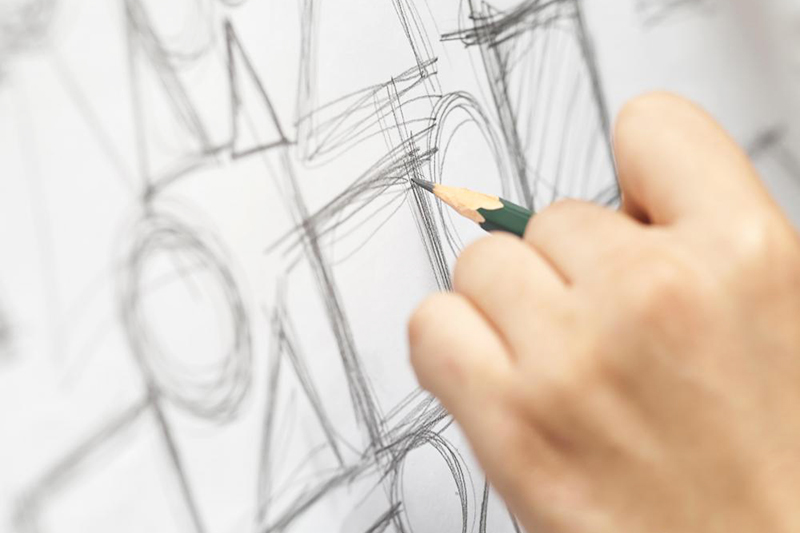With quick drawing style and typical simplicity, sketch paintings still have a very special appeal thanks to the spirit that is remembered and expressed by the talent of the artist. Hidden behind these sketches is also the special vibration of the artist. All the sadness, regret or life experiences are conveyed by the artists through their sketches.
What is sketching?
Sketching is one of the unique arts. It is a rapidly freehand drawing to record the spirit of the character or object. When drawing, the artist uses the sketching technique to outline the character and scenery first and then rearrange into a layout. This is considered an important step in the process of composing a work.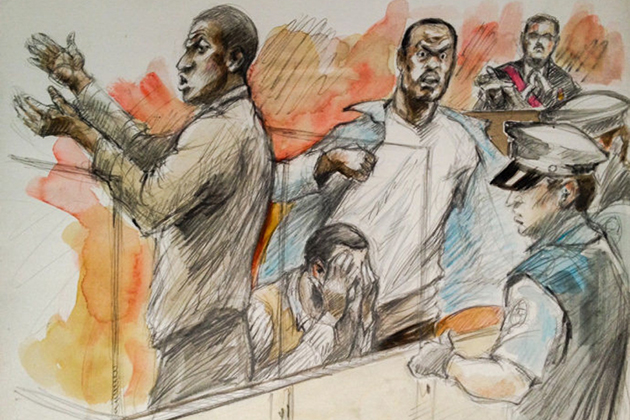
The spirit of sketching
Sketch paintings require the artist to have a deep and comprehensive view shown in the artwork, the ability to capture all the motion and exciting moment. The more rare and unique moment, the more appreciation the artwork gets. In addition, the artist also needs to have knowledge of the structure of the human body and the object, the principles of light, shadows, the law of distance,…to make the painting more quickly and accurately.
The tools used in sketching
The tools used in sketching, in terms of type, is relatively unitary but have a lot of different styles. Therefore, no matter what kind of tool you want to use, the first thing you have to notice is that you must understand its features. The newcomer should only know the features of two or more tools, then gradually learn to use other tools.
Every kind of tool has its pros and cons. For beginners, a soft pencil is the best choice because it is more convenient to repair the painting that you are drawing. But at the same time, the artist has to practice to generalize and be assertive in their pen strokes, avoiding the need to correct many times.
Once you have a good foundation in fine art, as well as you can capture some of the features of the tools, you can base on the content of the painting to choose the most suitable tool.
Pen: pencils are often used (especially soft pencil), carpenter pencil, charcoal pencil. Also, there are coal, iron pen, watercolor, ink,…
Paper: sketch paper, blank paper, print paper,…
Support tools: paper frame, small knife, rubber,…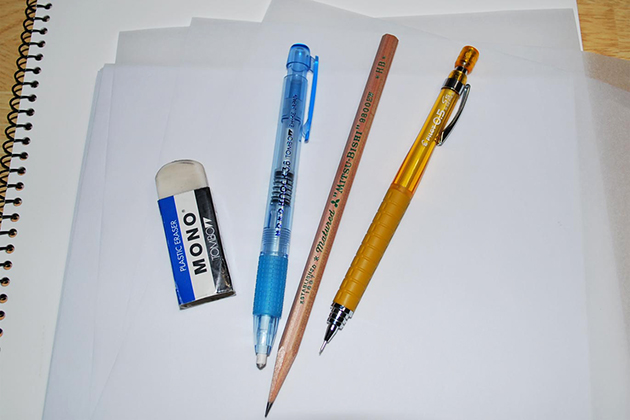
Vietnamese artists succeed with sketches
Tran Huy Oanh
Following the call of the motherland and with the sensitive soul of the artist, Tran Huy Oanh has quickly discovered and recorded beautiful images of compatriots and comrades whom he accidentally caught and beloved. The military and civil activities in wartime appeared vividly through the paper. According to Tran Huy Oanh artist, sketching is quickly recording the image of an object or people to catch up and retain their spirit. Therefore, it is necessary to observe and find out their facial features. In the painting “Portrait of guerrilla girls”, viewers can see the certainty in each pen strokes. Or in the painting “Local mechanical worker” painted in 1969, the artist has succeeded in portraying the strong, confident expression through the face of the woman worker. Therefore, like photography, sketching is considered the art of the moment.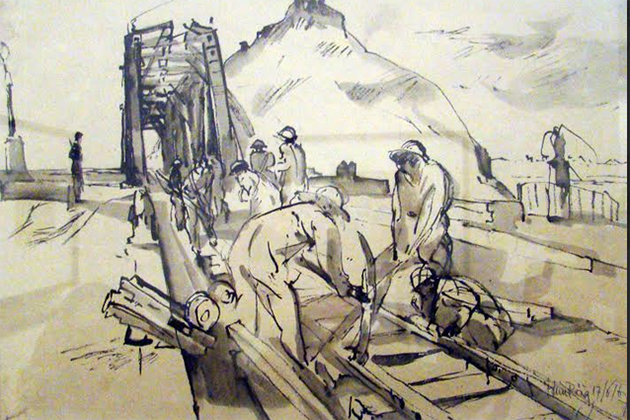
To Ngoc Van
With the pencil, To Ngoc Van has sketched a lot of paintings about the time fighting against the enemy in the battle of Dien Bien Phu as sketching the guerrilla, the soldier on the way or the reality of the French resistance. He has discovered the noble beauty hidden behind their simple appearance. With the love for the country, he has successfully built the image of the Vietnamese people during the war.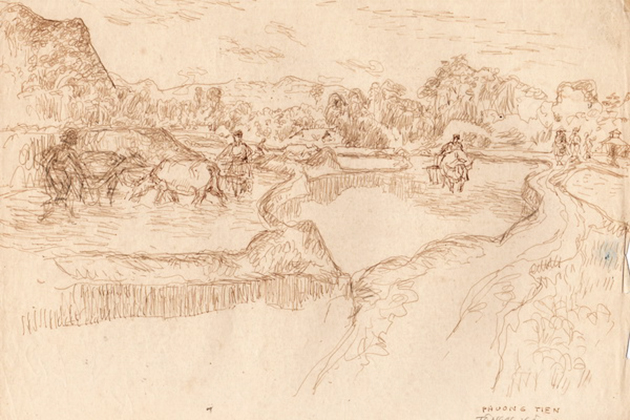
Duong Xuan Quyen
Many Vietnamese art lovers are impressed with Duong Xuan Quyen through his artworks that convey the message of environmental protection. Among them, the painting “In the neighborhood” received the certificate of merit by the Vietnam Fine Arts Association in 2011. However, behind this artwork is the sketch seems to be scrawly without any ideas but in fact very detailed from the layout to the line. With him, in order to have a beautiful painting, sketching step is very important, the artist can choose to draw directly or indirectly through the photograph or the narrator. However, direct sketching is easier to capture the soul of the object, especially the portrait sketch.

